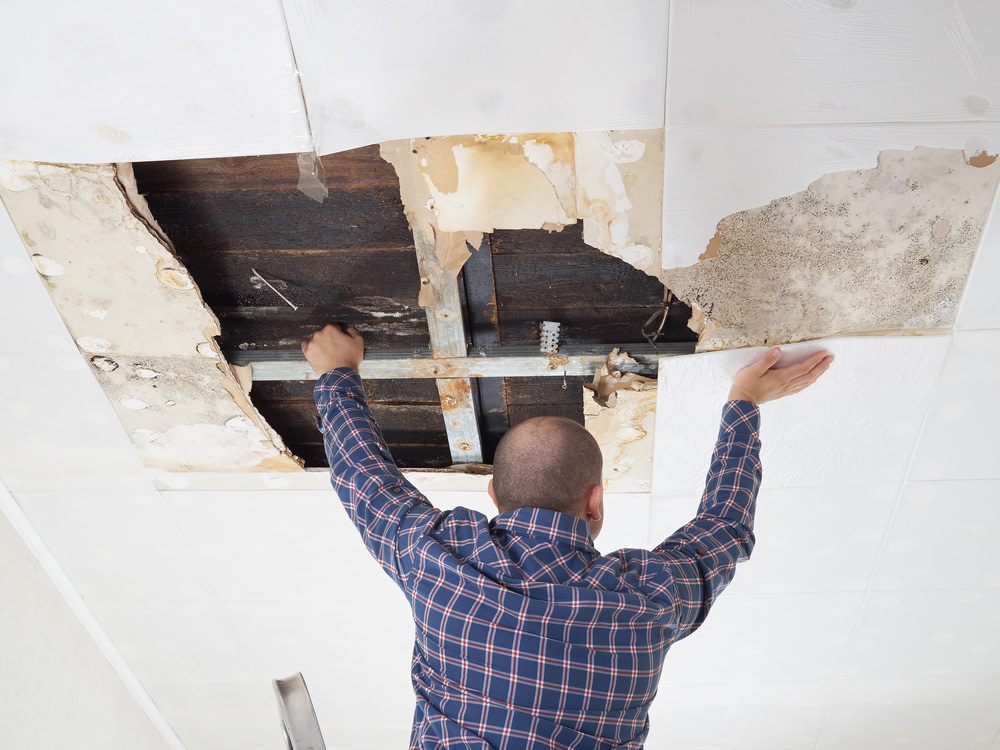
What are the Effects of Mold on Building Structures?
Mold is not just a health hazard; it can also wreak havoc on the structural integrity of your home or building. From damaging walls and ceilings to impacting property value, mold can have far-reaching consequences if left untreated. In this comprehensive blog post, we’ll explore the effects of mold on building structures, including how it can damage walls, ceilings, and other structures, the long-term consequences of untreated mold issues, and its impact on property value.
How Mold Can Damage Walls, Ceilings, and Other Structures
Mold thrives in damp and humid environments, making areas with water damage or high moisture levels susceptible to mold growth. When mold colonies establish themselves on building structures, they can cause various types of damage, including:
- Surface Damage: Mold can discolor and stain walls, ceilings, and other surfaces, giving them an unsightly appearance. Mold growth may appear as black, green, or brown patches on surfaces, depending on the type of mold present.
- Structural Damage: Over time, mold can penetrate and deteriorate building materials such as drywall, wood, and insulation. Mold can weaken the structural integrity of these materials, compromising the stability and safety of the building.
- Odor: Mold growth often produces a musty, unpleasant odor that can permeate the air and linger in the affected areas. This odor can be difficult to eliminate and may persist even after the mold has been removed.
The presence of mold on building structures not only affects their appearance but also compromises their durability and safety.
Long-Term Consequences of Untreated Mold Issues
Ignoring mold issues in your building can lead to several long-term consequences, including:
- Increased Damage: Mold will continue to spread and cause more extensive damage to building structures if left untreated. Over time, the cost of repairs and remediation may increase as the mold problem worsens.
- Health Risks: Prolonged exposure to mold can exacerbate respiratory issues, allergies, and other health problems in occupants of the building. Mold spores can become airborne and circulate throughout the indoor environment, increasing the risk of health problems for building occupants.
- Legal and Financial Liability: Property owners have a legal responsibility to maintain safe and habitable living conditions for occupants. Failure to address mold issues promptly can result in legal liabilities, fines, and lawsuits if occupants suffer harm as a result of mold exposure.
Addressing mold issues promptly is essential to mitigate these long-term consequences and protect the health and safety of building occupants.
Impact on Property Value
Mold can have a significant impact on the value of a property. Here’s how mold growth can affect property value:
- Decreased Marketability: Properties with visible mold growth are less attractive to potential buyers and may take longer to sell. Mold issues can deter buyers who are concerned about the health and safety risks associated with mold exposure.
- Lower Property Value: Mold-infested properties typically sell for lower prices than comparable properties without mold issues. Buyers may negotiate for lower sale prices or demand costly repairs and remediation before finalizing a purchase.
- Negative Reputation: Properties with a history of mold problems may develop a negative reputation in the real estate market. This can further decrease their marketability and make them less desirable to buyers.
Addressing mold issues promptly and transparently is essential to protect the value and marketability of your property.
Conclusion
Mold can have devastating effects on building structures, including damage to walls, ceilings, and other materials, long-term consequences for occupants, and a significant impact on property value. It’s crucial for property owners to address mold issues promptly to mitigate these risks and protect the health, safety, and value of their buildings. If you suspect mold growth in your building or need assistance with mold remediation, contact Roots to Roof. Our experienced team can help you identify and address mold problems and restore your building to a safe and healthy condition.
